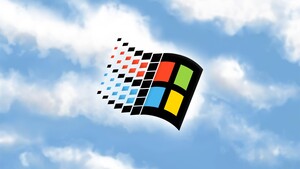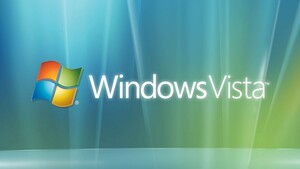Bolko
Commander
- Registriert
- Sep. 2012
- Beiträge
- 2.082
Zu EFI / UEFI:
UEFI basiert also auf EFI und hat es ergänzt.
UEFI ist also die moderne Variante von EFI.
http://www.uefi.org/faqWhat is the relationship between EFI and UEFI?
The UEFI specification is based on the EFI 1.10 specification published by Intel®, with corrections and changes managed by the UEFI Forum. Intel still holds the copyright on the EFI 1.10 specification, but has contributed it to the Forum so that the Forum can evolve it. There will not be any future versions of the EFI specification, but customers who license it can still use it under the terms of their license from Intel. The license to the Unified EFI Specification will come from the Forum, not from Intel.
https://www-ssl.intel.com/content/w...ce/efi-specifications-general-technology.htmlExtensible Firmware Interface Specification overview
This page contains EFI specification information for EFI 1.10 and EFI 1.02 Specifications only, and these specifications are still available for download from this site. However, the latest specification for EFI has been merged with the UEFI specification and members can download these specifications from the Unified Extensible Firmware Interface (UEFI) website.
UEFI basiert also auf EFI und hat es ergänzt.
UEFI ist also die moderne Variante von EFI.
Zuletzt bearbeitet:



